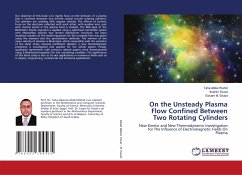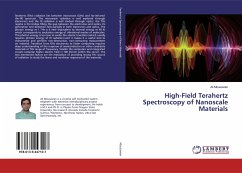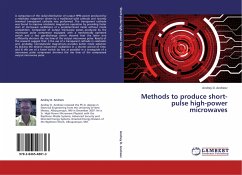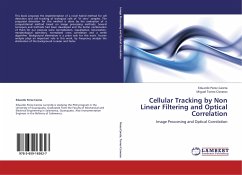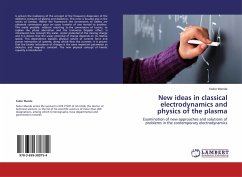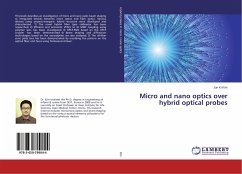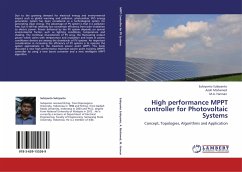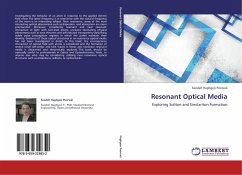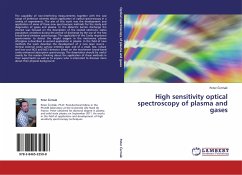
High sensitivity optical spectroscopy of plasma and gases
Versandkostenfrei!
Versandfertig in 6-10 Tagen
39,99 €
inkl. MwSt.

PAYBACK Punkte
20 °P sammeln!
The capability of non-interfering measurements together with the vast range of detection schemes allows application of optical spectroscopy in a variety of experiments. The aim of this work was the development and application of some of these new spectroscopic methods for the study and diagnostics of gases and plasma. In the dielectric barrier discharge the interest was focused on the description of the excited electronic states population variations during the period of discharge by the use of the fast broad-band emission spectroscopy. The application of the Cavity ring-down spectrometer to d...
The capability of non-interfering measurements together with the vast range of detection schemes allows application of optical spectroscopy in a variety of experiments. The aim of this work was the development and application of some of these new spectroscopic methods for the study and diagnostics of gases and plasma. In the dielectric barrier discharge the interest was focused on the description of the excited electronic states population variations during the period of discharge by the use of the fast broad-band emission spectroscopy. The application of the Cavity ring-down spectrometer to detect the singlet oxygen in the microwave plasma afterglow is described as second application in plasma. In the field of new methods the work describes the development of a new laser source - Vertical external cavity surface emitting laser and of a small, fast, robust and low-cost NO2 and NO3 detector based on the Incoherent broad-band cavity enhanced absorption spectroscopy. The dissertation should be useful mainly for the readers thinking about the application of these methods in their experiments as well as to anyone who is interested to discover more about their physical background.




